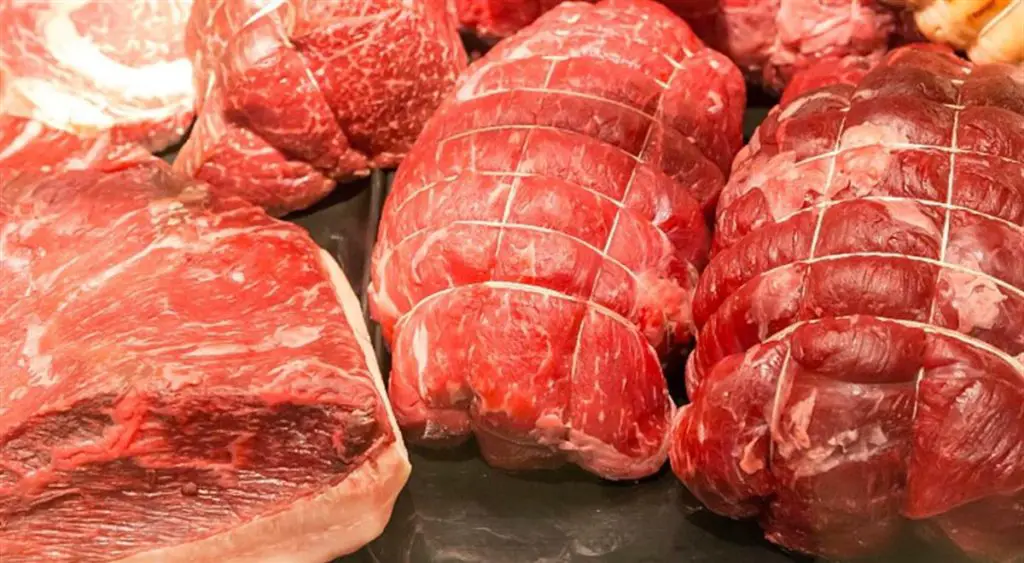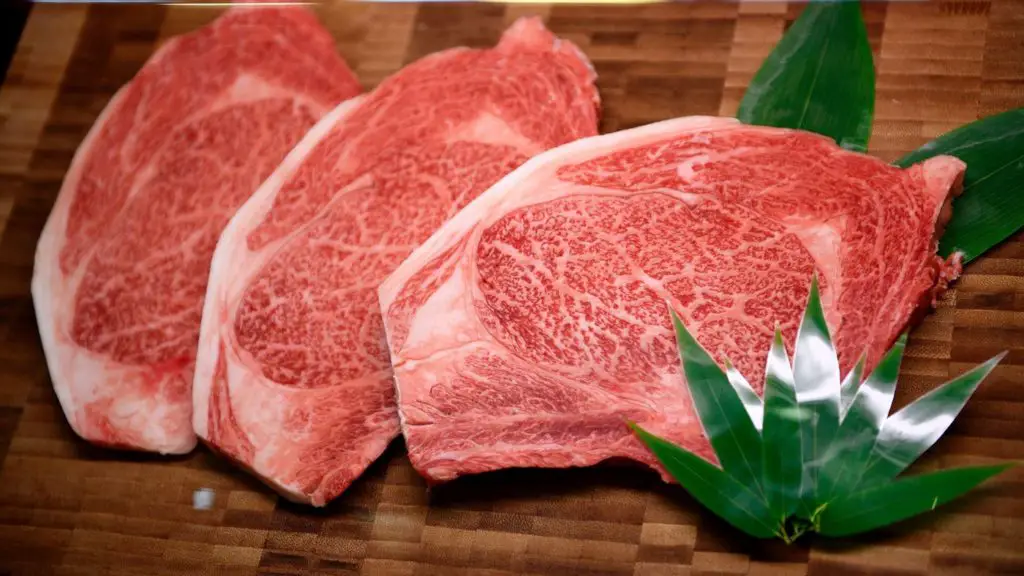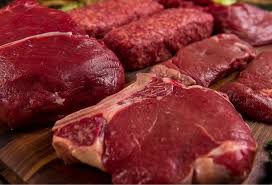 Recently many people seem to be turning against meat, particularly red meat that contains higher amounts of iron than chicken or fish. Beef is the main target. It is categorized as red meat — a term used for the meat of mammals, which contains higher amounts of iron than chicken or fish.
Recently many people seem to be turning against meat, particularly red meat that contains higher amounts of iron than chicken or fish. Beef is the main target. It is categorized as red meat — a term used for the meat of mammals, which contains higher amounts of iron than chicken or fish.
Yet fresh, lean beef is rich in various vitamins and minerals, especially iron and zinc. Therefore, moderate intake of beef can be recommended as part of a healthy diet.
The nutrition facts for a 3½ ounce (100 gram) serving of broiled, ground beef with 10% fat content is:
Calories: 217
Water: 61%
Protein: 26.1 grams
Carbs: 0 grams
Sugar: 0 grams
Fibre: 0 grams
Fat: 11.8 grams
The protein content of lean, cooked beef is about 26–27%. Animal protein is usually of high quality, containing all nine essential amino acids needed for the growth and maintenance of your body. Red meat is one of the most complete dietary sources of protein, its amino acid profile being almost identical to that of your own muscles.
Beef also contains varying amounts of fat. Apart from adding flavour, fat increases the calorie content of meat considerably. Processed meat products, such as sausages and salami, tend to be high in fat, whereas lean meat is generally about 5–10% fat.
 Many vitamins and minerals are also abundant in beef. Vitamin B12 is an essential nutrient that is important for blood formation and your brain and nervous system. One of the B vitamins, niacin (vitamin B3) has various important functions in your body. Low niacin intake has been associated with an increased risk of heart disease.
Many vitamins and minerals are also abundant in beef. Vitamin B12 is an essential nutrient that is important for blood formation and your brain and nervous system. One of the B vitamins, niacin (vitamin B3) has various important functions in your body. Low niacin intake has been associated with an increased risk of heart disease.
Health benefits of beef are many. Like all types of meat, beef is an excellent source of high-quality protein. It contains all of the essential amino acids and is referred to as a complete protein. Many people, especially older adults, don’t consume enough high-quality protein. Inadequate protein intake may accelerate age-related muscle wasting, increasing your risk of an adverse condition known as sarcopenia. Sarcopenia is a serious health issue among older adults but can be prevented or reversed with strength exercises and increased protein intake.
The best dietary sources of protein are animal-derived foods, such as meat, fish, and milk products. In the context of a healthy lifestyle, regular consumption of beef — or other sources of high-quality protein — may help preserve muscle mass, reducing your risk of sarcopenia.
Anemia is a common condition, characterized by a decreased number of red blood cells and reduced ability of the blood to carry oxygen. Iron deficiency is one of the most common causes of anemia. The main symptoms are tiredness and weakness. Beef is a rich source of iron — mainly in the form of heme iron. Only found in animal-derived foods, heme iron is often very low in vegetarian — and especially vegan — diets. The human body absorbs heme iron much more efficiently than non-heme iron — the type of iron in plant-derived foods.
Thus, red meat not only contains a highly bioavailable form of iron but also improves the absorption of non-heme iron from plant foods — a mechanism that has not been fully explained and is referred to as the ‘meat factor’.
The nutritional value of meat depends on the feed of the source animal. In the past, most cattle in Western countries were grass-fed. In contrast, most of today’s beef production relies on grain-based feeds.
 Compared to grain-fed beef, grass-fed beef has a higher antioxidant content, fat that is more yellow in color — indicating higher amounts of carotenoid antioxidants, higher amounts of vitamin E — especially when pasture-raised, and lower amounts of fat. Put simply, grass-fed beef is a healthier choice than grain-fed.
Compared to grain-fed beef, grass-fed beef has a higher antioxidant content, fat that is more yellow in color — indicating higher amounts of carotenoid antioxidants, higher amounts of vitamin E — especially when pasture-raised, and lower amounts of fat. Put simply, grass-fed beef is a healthier choice than grain-fed.
The bottom line is that a high consumption of processed meat and overcooked meat has been linked to an increased risk of heart disease and cancer. On the other hand, unprocessed and mildly cooked beef is healthy in moderation — especially in the context of a healthy lifestyle and balanced diet. Beef remains one of the most popular types of meat and is exceptionally rich in high-quality protein, vitamins, and minerals. Therefore, it may improve muscle growth and maintenance, as well as exercise performance. As a rich source of iron, it may also cut your risk of anemia.
Now, pass me the skillet – I’m feeling hungry!